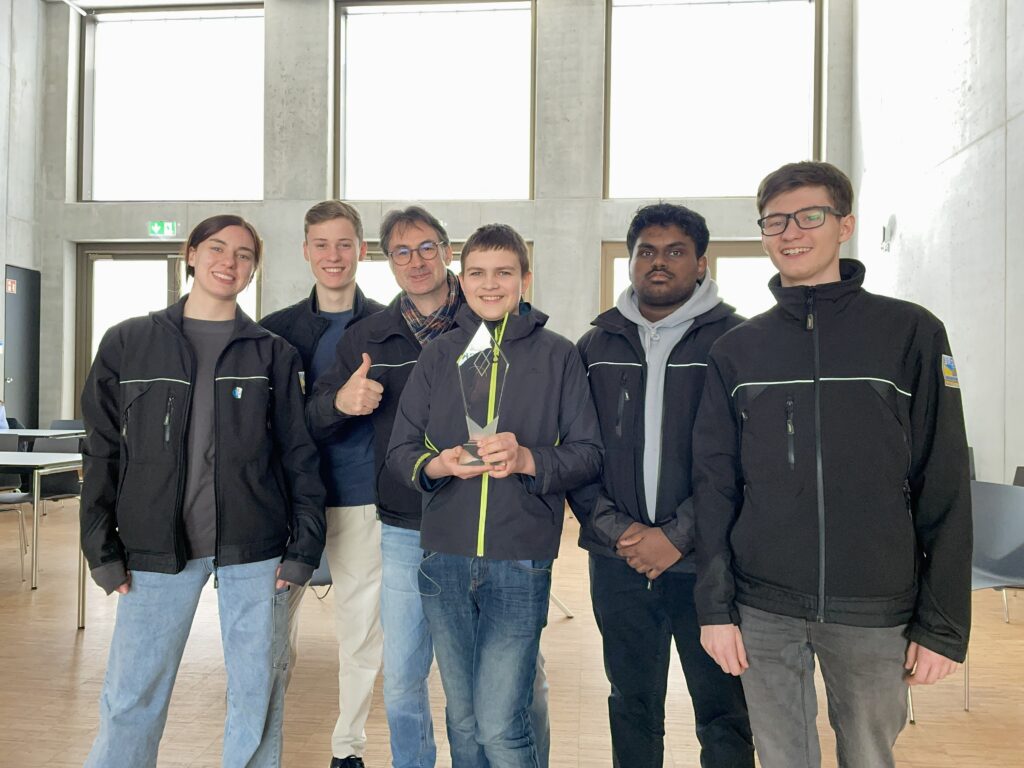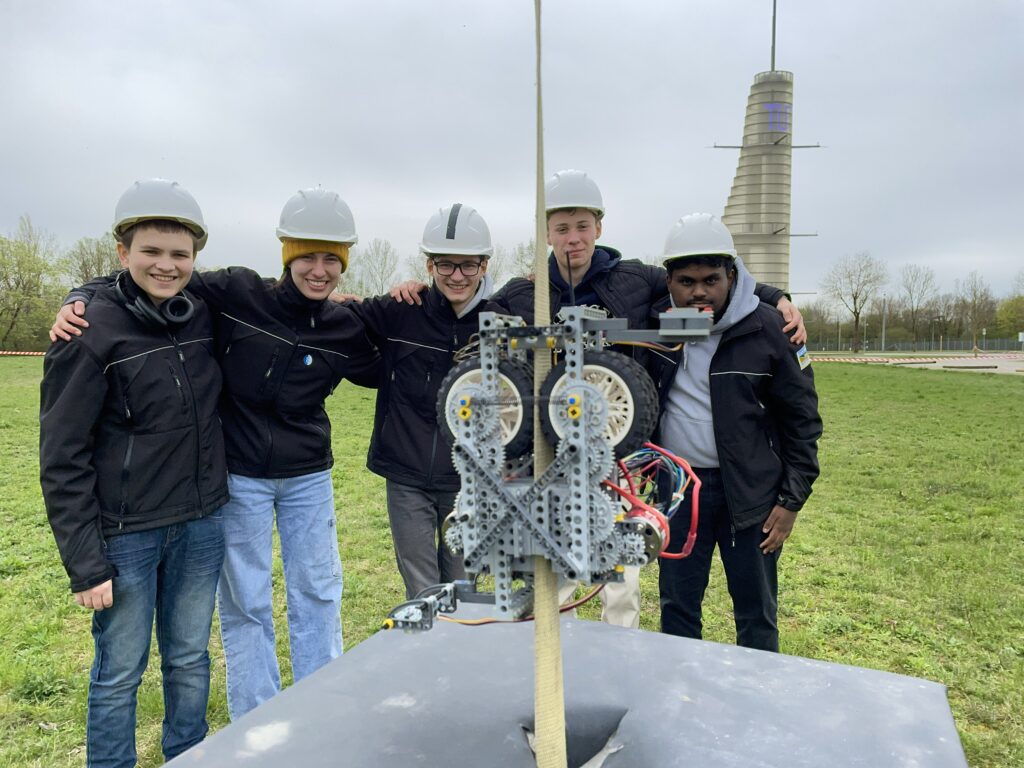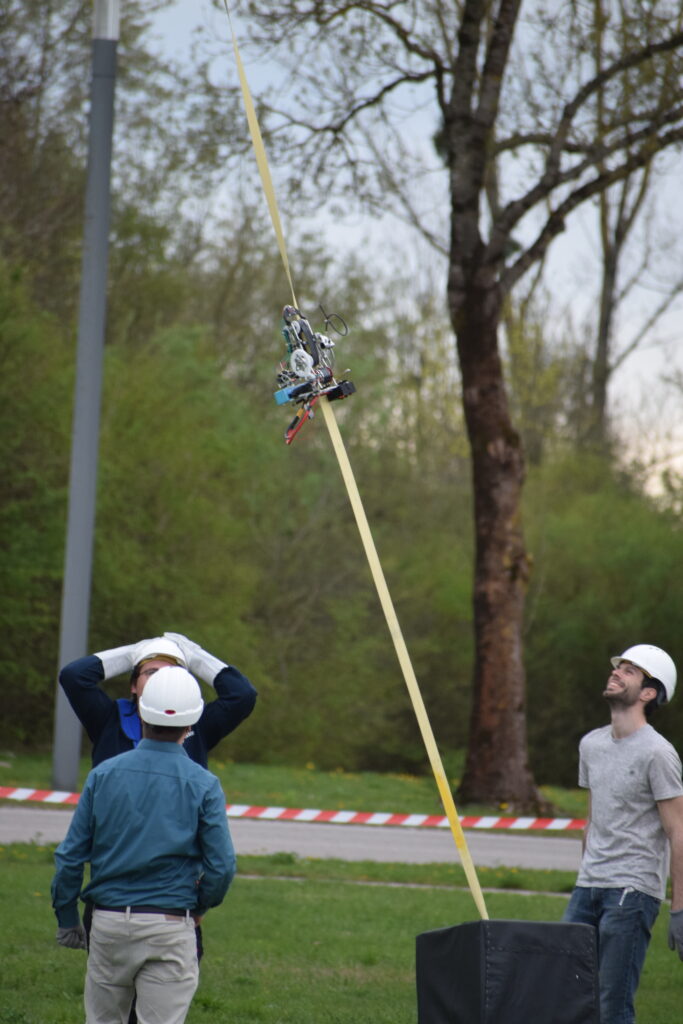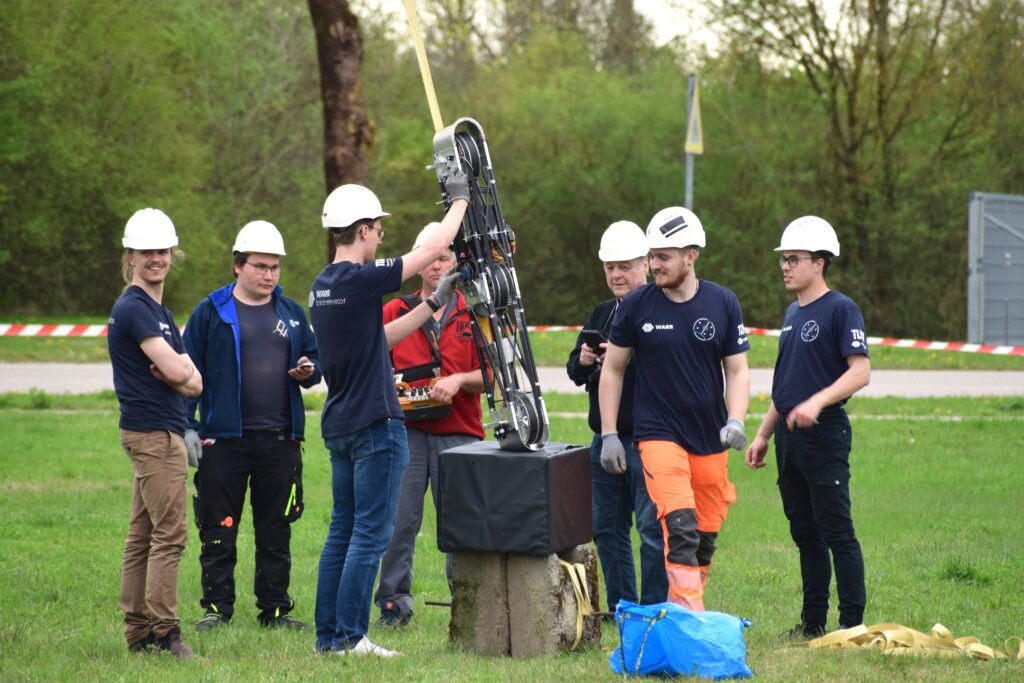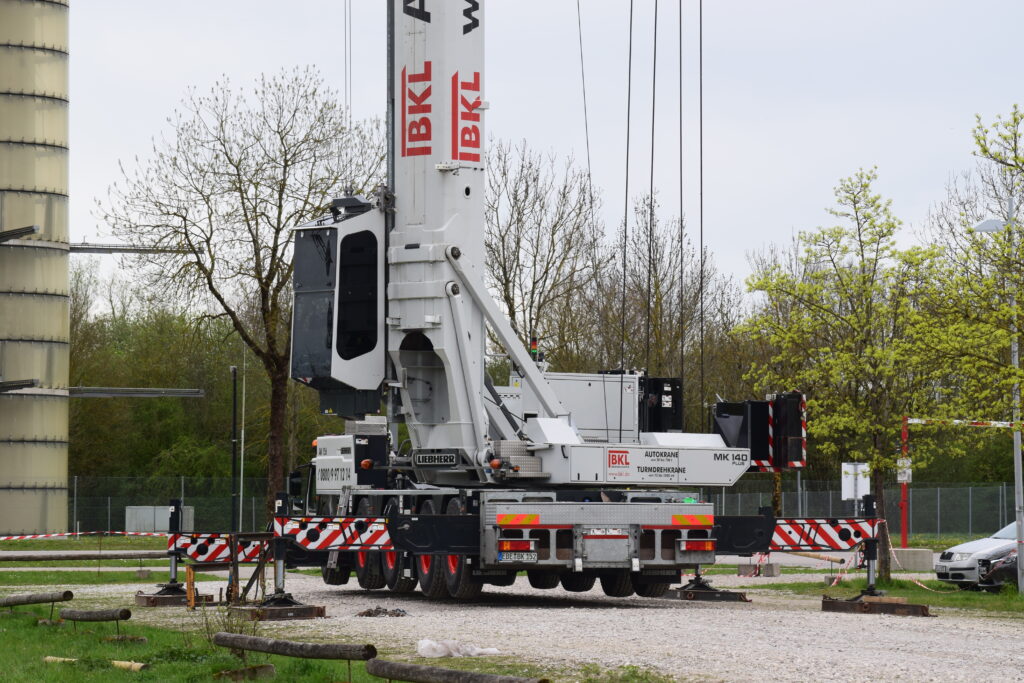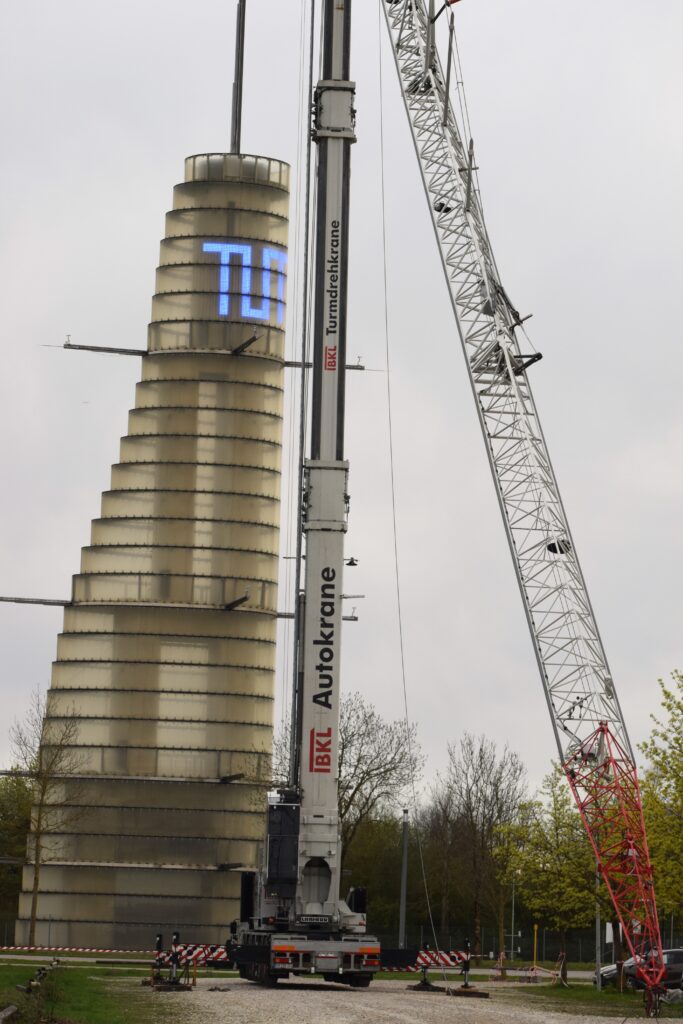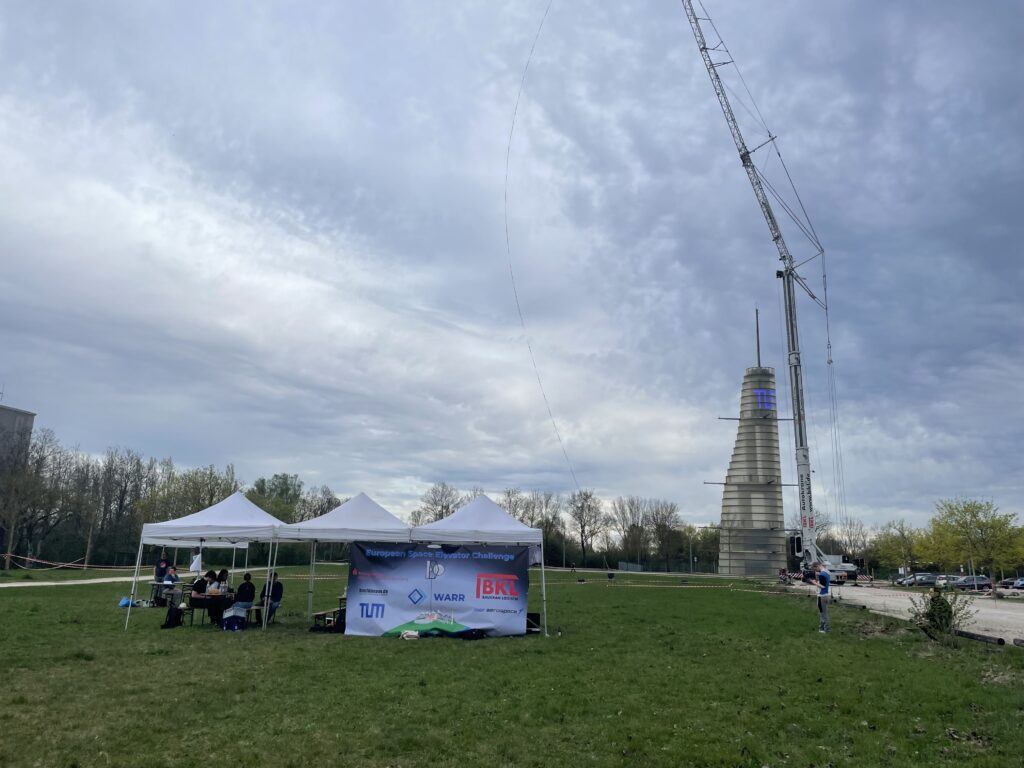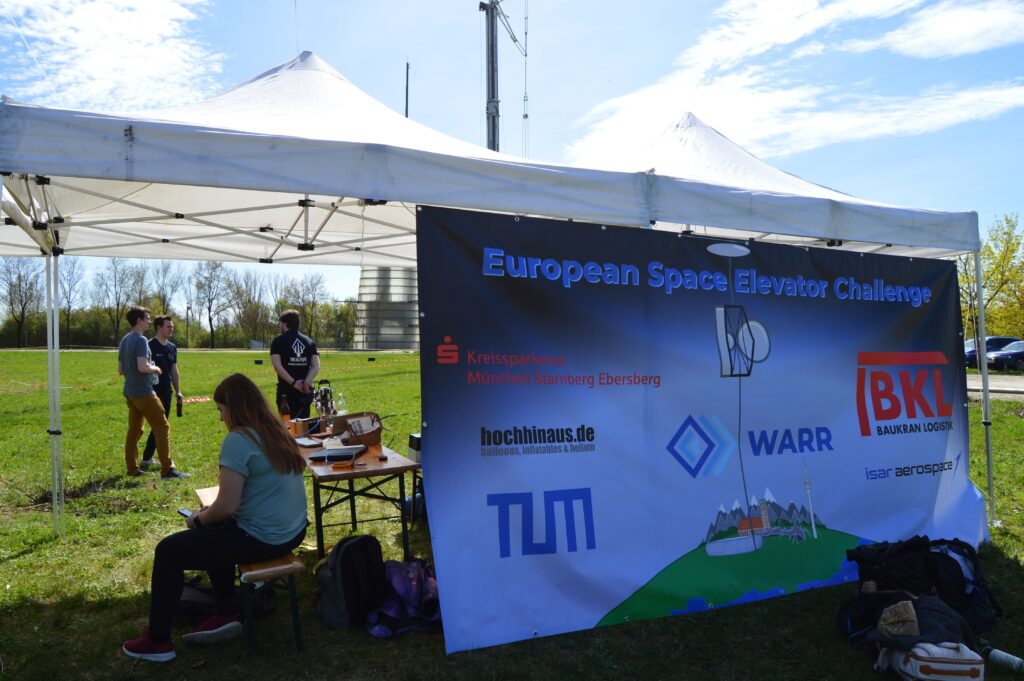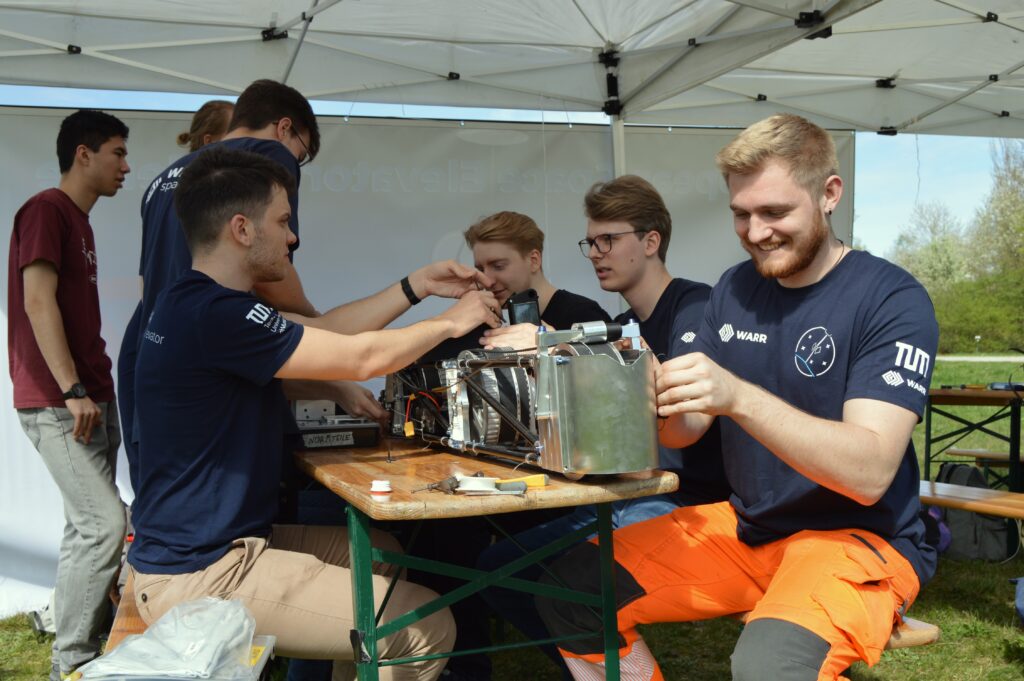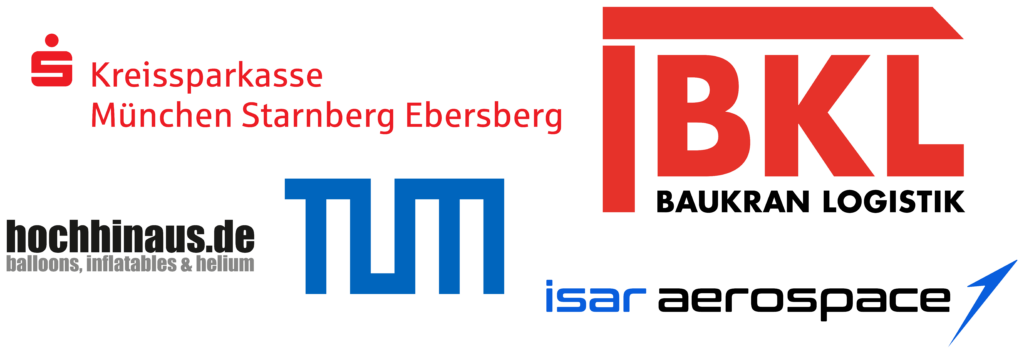EUSPEC
European Space Elevator Competition
General Information
THE IDEA
The fundamental idea of the “space elevator” goes back to 1895, when the scientist Konstantin Tsiolkovsky considered building a tower from the surface of the Earth and reaching into the geostationary orbit. The Artsutanov paper – 1960 – proposed a way to build a tensile structure to the geostationary orbit. The aim was and still is, among other objectives, to deliver payload – satellites, astronauts or other equipment – to space in an economically viable way. This idea could be an alternative solution to the expensive use of rockets.
The actual concept of the space elevator system includes a tether reaching from the surface of the Earth to the geostationary orbit. To keep the tether taut by means of gravitational and rotational forces, the center of mass of the space elevator has to be kept above this orbit. A climber is attached to the tether, which carries the payload up to the space station or to the satellite. The energy supply is planned to be realized by “power beaming” (such as laser), as well as using solar cells.
THE CHALLENGE
The challenge is to design and build a climber structure in compliance with predetermined requirements, keeping in mind the idea of a real space elevator. Our focus is on:
- the technical implementation of the climber (especially payload systems)
- aspects which directly impact the development of the “real” space elevator system
The objectives of the European Space Elevator Challenge are:
- to share experience and improve the understanding of the Space Elevator system
- to introduce the Space Elevator to a wider public
- to provide an opportunity for students to apply their theoretical knowledge in practice
- to excite high school students for science, technology and space travel
These aims are considered as long-term goals and cannot be accomplished with one
competition. Hence, our goal is to organize the European Space Elevator Challenge regularly.
THE RULES
The challenge is to establish a climber structure in compliance with predetermined requirements. The challenge is focused on the efficiency of the climber and the payload system (The technical drawing for the payload cubes you can find here). For the 2024 challenge two categories existed:
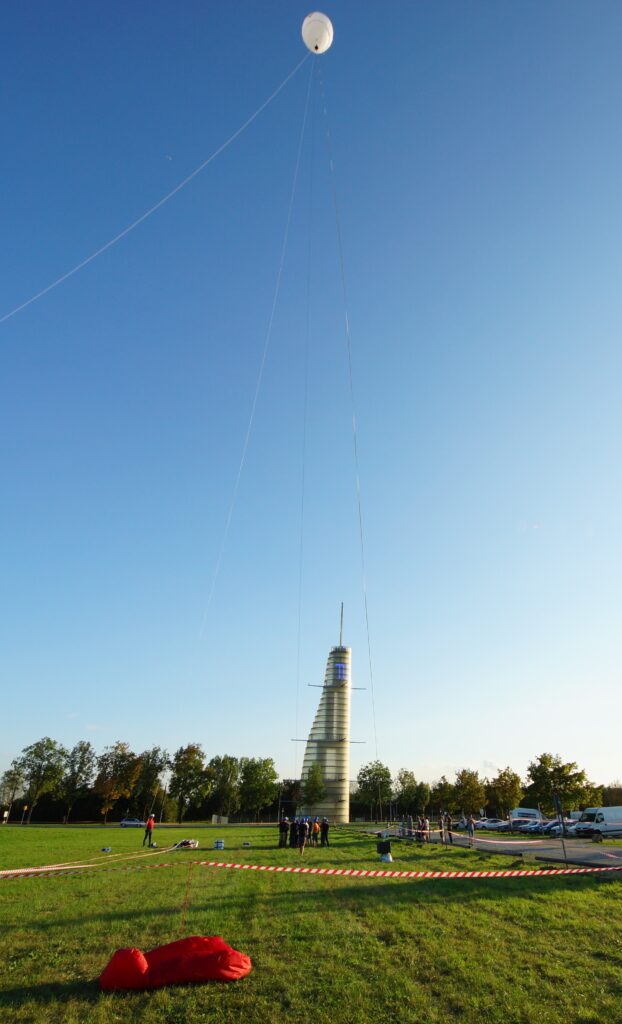
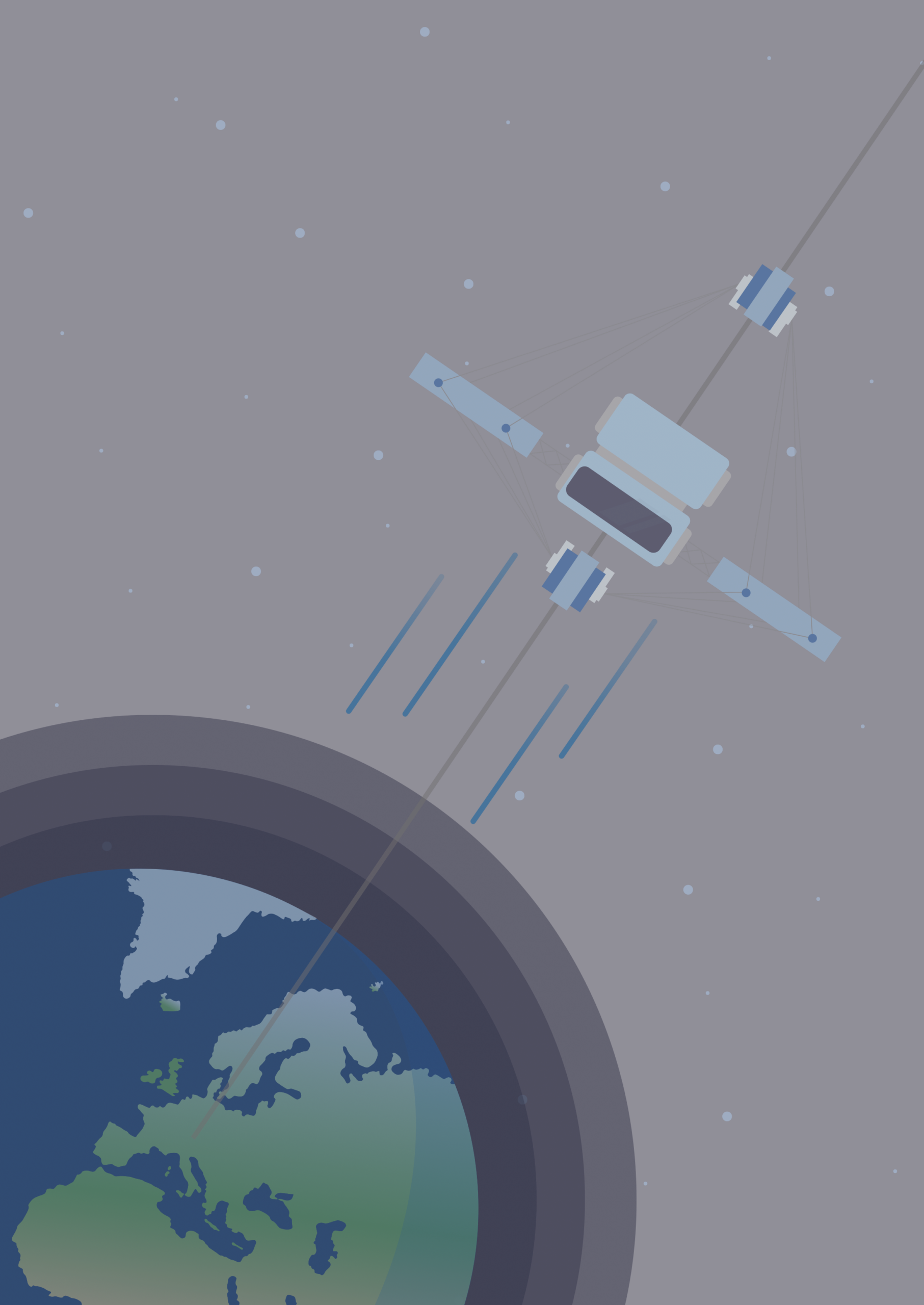
EUSPEC 2026
Soon the next iteration of the EUSPEC will be announced!
The old rule book is available above and registration will be available soon!
Stay tuned and check this website for further updates!

